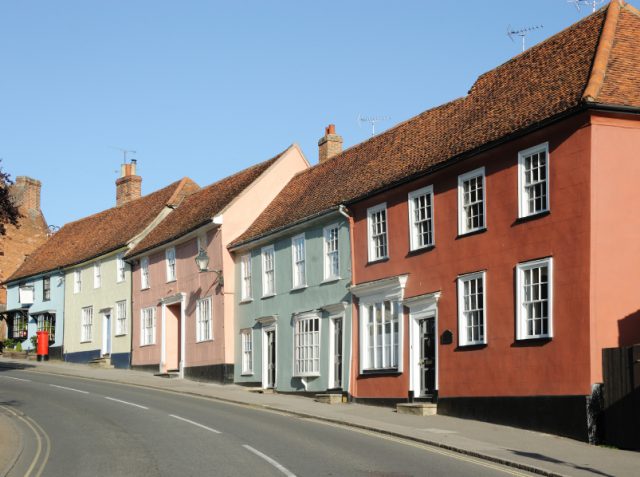Rental growth soaring in East of England
The latest Rightmove Rental Trends Tracker shows that landlords in the East of England are seeing the rewards of substantial rental and house price growth in the region over the last year.
Regional rent returns
A total return on investment of over 25% was evident in Halstead, Borehamwood and Brentwood, which make up the top-three investor hotspots outside of the capital.
Regions in Essex and Hertfordshire made up seven out of the top 10 investor hotspots, with Cottingham in Yorkshire representing the only area from the North to make the list.
This strong return on investment has been driven by the East’s annual rental growth soaring ahead of the other UK regions. Rents have risen by 6.4% on last year, in comparison to 4.5% nationally outside of London.[1]
During the last quarter, the East of England has seen rent rises of 2.0%. This was only bettered by the East Midlands, which recorded an increase of 2.1%.[1]
Demand
Sam Mitchell, Head of Lettings at Rightmove, said, ‘we’ve been reporting high tenant demand for rental property in Essex for a while now, so it makes sense that it should feature strongly in our new total return on investment league table.’ He feels that, ‘investors and tenants who’ve been priced out of London and the South East have looked for better value areas in the East and it seems they’ve both found a winning formula.’[1]
‘For example, if you look at the top 10, six of the areas have average asking prices below the national average, making it affordable for buy-to-let investors. From a tenant affordability perspective in the East of England’s average rent for a two beds is less than £900 a month, compared to over £2,000 in London,’ Mitchell added.[1]
Rental hikes
Further data from the report shows that rents in England and Wales are up by 1.3% outside of London during the last quarter. In Greater London, rents were up by just 0.2% in the previous three months, in comparison to 1.6% in the same period last year, indicating the affordability ceiling has been reached. The more muted increase could be down to the fact that the numbers of new rental properties in the capital have risen slightly.[1]
Mitchell stated, ‘we know the majority of investors purchase their property portfolio as a long-term investment and as long as they buy wisely they can benefit from both growth in their property values as well as rental yield.’ He notes that, ‘those landlords who bought in the East of England are seeing much higher returns on investment as the region leads the way for rental growth. But with a combination of such high returns for buy-to-let landlords and affordable prices for first-time buyers, demand for property is high and results in a stock shortage problem, as agents in these areas note.’[1]
‘There’ve been concerns raised by the Bank of England about the impact of buy-to-let investors on the property market and the threat to the economy more broadly. This echoes the current government’s policy of increasing taxes, or lowering claimable allowances, for landlords. Yet it’s clear that if landlords exit the market in any great numbers we can expect rents to continue to increase further. It remains to be seen how much of an impact the new policy will have, but our report demonstrates that in the right areas and with proper advice and management, property remains an attractive investment,’ Mitchell concluded.[1]
[1] http://www.propertyreporter.co.uk/landlords/east-of-englands-annual-rental-growth-races-ahead.html











